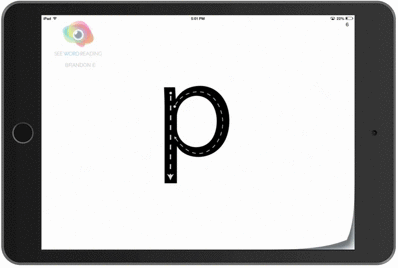See What Surprised Bill and Melinda Gates

Education
Bill and Melinda Gates recently took time to reflect on the previous year in their 2019 Annual Letter. In their reflection, the couple discussed what surprised and inspired them to take action for the future. One of the surprises they shared was the state of textbooks – with the fate of these educational tools to be obsolete. Influenced by their own experiences, Bill and Melinda shared their views on the future of education as software continues to influence it:
Bill: I read more than my share of textbooks. But it’s a pretty limited way to learn something. Even the best text can’t figure out which concepts you understand and which ones you need more help with. It certainly can’t tell your teacher how well you grasped last night’s assigned reading.But now, thanks to software, the standalone textbook is becoming a thing of the past. Suppose you’re taking high school algebra. Instead of just reading a chapter on solving equations, you can look at the text online, watch a super-engaging video that shows you how it’s done, and play a game that reinforces the concepts. Then you solve a few problems online, and the software creates new quiz questions to zero in on the ideas you’re not quite getting.
All of this is a complement to what teachers do, not a replacement. Your teacher gets a rich report showing what you read and watched, which problems you got right and wrong, and the areas where you need more help. When you come to class the next day, she is equipped with a ton of specific information and suggestions to help her make the most of her time with you.
When I told you about this type of software in previous letters, it was mostly speculative. But now I can report that these tools have been adopted in thousands of U.S. classrooms from kindergarten through high school. Zearn, i-Ready, and LearnZillion are examples of digital curricula used by students and teachers throughout the U.S. More than 3,000 schools are teaching a free digital course that I fund called Big History, which uses software to give students immediate feedback on their writing assignments.
What’s next? The same basic cycle you go through for all software: Get lots of feedback on the existing products, collect data on what works, and make them better. This cycle is picking up steam as more states and districts gain confidence about using digital curricula in their schools. I hope this growing momentum will inspire more of the big textbook publishers, which have been slow to offer these kinds of tools.
In the meantime, I haven’t heard from anyone who misses their heavy, expensive textbooks.
Melinda: In addition to adapting to what students know, these online tools also facilitate a new approach to teaching and learning that adapts to who these students are.In 2019, the typical college student is no longer the stereotypical student who lives in a dorm and graduates in four years after a few spring breaks somewhere warm. Almost half of today’s college students are 25 or older; well over half have a job; more than a quarter have kids of their own.
These “nontraditional” students often don’t have the time or resources to effectively navigate an inefficient, inflexible learning environment designed to meet other people’s needs. That’s a big reason why two out of every five students who enroll in higher education will either withdraw for a while or drop out altogether.
Digital learning tools can help students meet these challenges—by making college more affordable, more convenient, and more effective.
One study found that using open courseware saved students an average of $66 to $121 per course. (Over an academic year, that can add up to $1,000, which can be the difference between staying in school or having to drop out.) Another found that students who used digital learning tools for introductory classes got better grades than students who learned in the traditional way. And, of course, those students had a lot more flexibility. Not having to show up to a physical classroom at a specific time makes a big difference to students who are balancing school with working and raising a family.
Put it all together, and you have students spending less for more convenient classes in which they perform better. In short, we now have the tools to redesign higher education so that it meets the needs of today’s students.
Bill and Melinda Gates are strong supporters of education through their philanthropic organization, the Bill and Melinda Gates Foundation. With the organization’s efforts being global, there is still a portion of the work dedicated to K-12 education in the United States. Their goal is to significantly increase the number of black, Latino, and low-income students who earn a diploma, enroll in a postsecondary institution, and are on track in their first year to obtain a credential with labor-market value. To learn more about Bill and Melinda, visit their blog, Gates Notes, and to learn more about their foundation, visit the Gates Foundation.

Want a Step-by-Step Easy Path to Learn to Read?
See Words: School lays out the fundamental steps in 14 engaging lessons using proven multi-sensory methods and phonics. Download the suite of apps from the Apple App Store now.